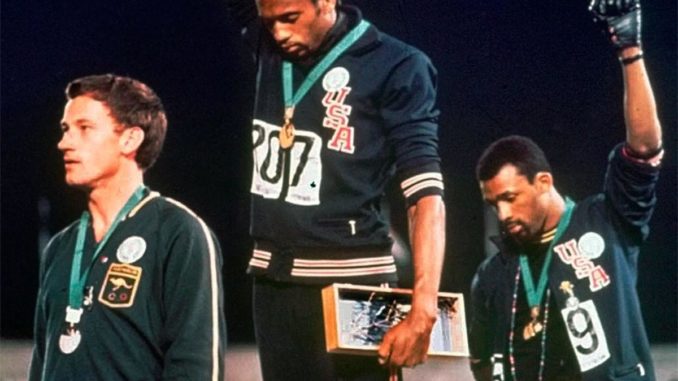
Mark Stallworth Miami Times Contributor – Sports has become a billion dollar industry through the inclusion of talented Blacks.
The Black athlete is the most powerful athlete in sports. How is it that the revenue of professional sports leagues whether it is football or even basketball can always gross over 1 billion dollars annually? One reason may be that the NBA is made up of nearly 80% of Black Basketball players and the NFL is made up of roughly 70% Black football players.
As we begin the process for the return to sports, mostly white college athletic directors at Predominately White Institutions (PWIs) have been calling for their mostly Black football players to return to campus for voluntary workouts during a public health pandemic. Is it fair to the players to risk their health for the profit of the university? On the other hand, Morehouse College which is a prominent Historically Black College (HBCU) in Atlanta, canceled sports including football for the upcoming season due to COVID-19. We can no longer ignore the fundamental inequities in college sports today. According to a 2018 study from the University of Southern California’s Race and Equity Center, Black men make up just 2.4% of undergraduate students at PWI’s ironically they represent 55% of football players and 56% of men’s basketball players.
Chuba Hubbard, who is a star Black running back at Oklahoma State University and the leading rusher in the nation in 2019, took strong exclusion to a photo of his head coach, Mike Gundy, wearing an OAN (One America News) T-shirt. OAN is a far-right network that demeans the Black Lives Matter movement. Hubbard said on twitter: “I will not stand for this. This is completely insensitive to everything going on in society, and it’s unacceptable. I will not be doing anything with Oklahoma State until things CHANGE.” Hubbard was immediately joined by several former and current Oklahoma State players who supported his stance. Gundy initially pleaded unawareness about the significance of his OAN t-shirt, but after Oklahoma State University President and Athletic Director issued statements considerate to Hubbard’s concerns, Gundy’s “unawareness” quickly turned into an apology: “I want to apologize to all members of our team, former players, and their families, for the pain and discomfort that has been caused. Black lives matter to me. Our players matter to me. These meetings with our team have been eye-opening and will result in positive changes for Oklahoma State football.”
Now as college players shift their attention to social issues, they’re finding that Black athletes protests matter on larger issues. First, the prominence of Black players in the major revenue sports of football and basketball makes their voice, especially when raised collectively in the form of threatened boycotts, a force that universities simply cannot afford to ignore. Athletic department budgets and city economies in small towns where college sports are the largest stream in revenue would collapse if the players followed up on threats to not compete should their requests be ignored.
These protests come at a time when athletes are discovering their power, both economically and politically, to change the dynamics of college sports. Maybe it is time for the black athlete to head back where they are wanted and cared for at HBCUs. “Going to an HBCU wouldn’t be too bad…” Those were the words of high school basketball Phenom Mikey Williams who is currently ranked No. 3 by ESPN in the 2023 recruiting class. It’s too early to definitively say one of the five-star or high-major prospects talking to HBCUs this month will ultimately decide to commit to one. For Mikey Williams, his mother went to Hampton University which is an HBCU.

Be the first to comment